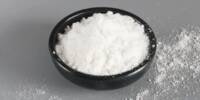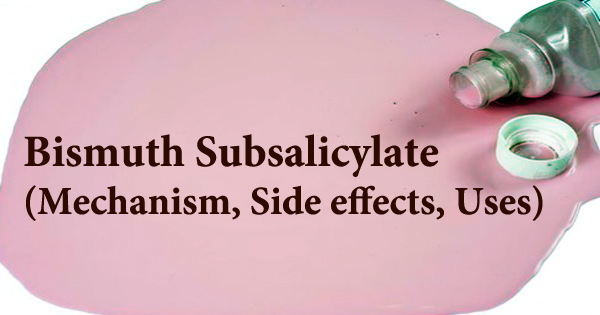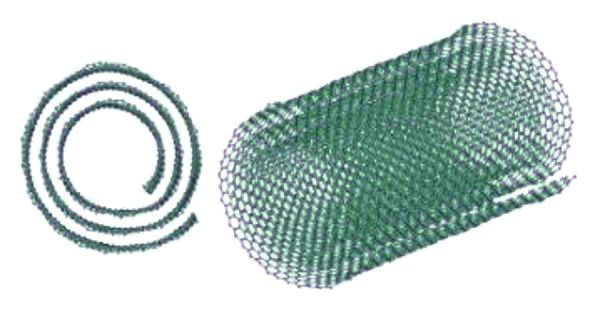A new approach that uses electricity to recycle CO2 while also executing a famously difficult reaction produces chemicals that could be valuable in drug development.
Scientists from Hokkaido University’s Institute for Chemical Reaction Design and Discovery (ICReDD) have devised a mechanism that could help recycle waste CO2 while also creating compounds useful for drug development.
Chemists are increasingly interested in employing carbon dioxide (CO2) in syntheses since it is abundant, inexpensive, relatively harmless, and renewable, in addition to the ever-increasing desire for carbon-neutrality.
Dearomative dicarboxylation of stable heteroaromatics with CO2 is difficult, but it is a powerful process for synthesizing synthetically valuable dicarboxylic acids, which can be used as intermediates in biologically active compounds like natural products and therapeutic leads.
CO2, on the other hand, has a low reactivity. To circumvent this, Professor Tsuyoshi Mita’s team used an electrochemical approach in which an electron is given to either the CO2 molecule or another molecule in the solution, making it more easier for them to react.
It took only eight months to complete the research and publish the paper, which is much faster than a conventional project involving experiments. Significant research time is saved because a computer can reliably predict the feasibility of the reactant structures and possible reaction pathways.
Tsuyoshi Mita
This research is particularly significant since CO2 is being used to perform a usually difficult sort of transformation with exceptional efficiency. An aromatic system allows electrons to be shared across numerous atoms in a molecule when specific criteria are met.
These systems are particularly stable and difficult to break, but a novel approach discovered at ICReDD can dearomatize, or break, these stable aromatic systems by using electricity to add CO2 to the molecule.
This technique has the ability to recycle CO2 while also creating high-value-added dicarboxylic acids from basic starting materials, so addressing two issues at the same time. Carbon dioxide (CO2) and other small carbon-based molecules have a considerable impact on climate change and the greenhouse effect.
Researchers are working on developing catalysts to convert such compounds into useful substances using a variety of approaches. Some groups are working on catalytic hydrogenation to convert carbon dioxide to methanol.
Prior to the studies, ICReDD scientists calculated the reduction potentials of several heteroaromatic compounds, which is a measure of how a chemical will respond when exposed to an electric environment.
Researchers were able to identify potentially reactive substances and conduct focused electrochemical tests as a result of the findings. They show that a wide range of substrates with highly negative reduction potentials can undergo this unique dearomative addition of two CO2 molecules very efficiently.
The dicarboxylic acids obtained can be quickly and cheaply converted into critical intermediates for biologically active molecules, potentially resulting in more efficient and cost-effective medication development.
The speedy creation of this new technique, according to the researchers, was due to their strategy of undertaking computer analyses first, which informed their experimental decisions in the lab.
“I started to learn computational chemistry when I joined ICReDD. Within one year, I was able to utilize advanced calculation techniques, which was very useful for guiding my decisions in the lab,” said first author Dr. Yong You.
“It took only eight months to complete the research and publish the paper, which is much faster than a conventional project involving experiments. Significant research time is saved because a computer can reliably predict the feasibility of the reactant structures and possible reaction pathways,” commented Tsuyoshi Mita, who led this project.
















